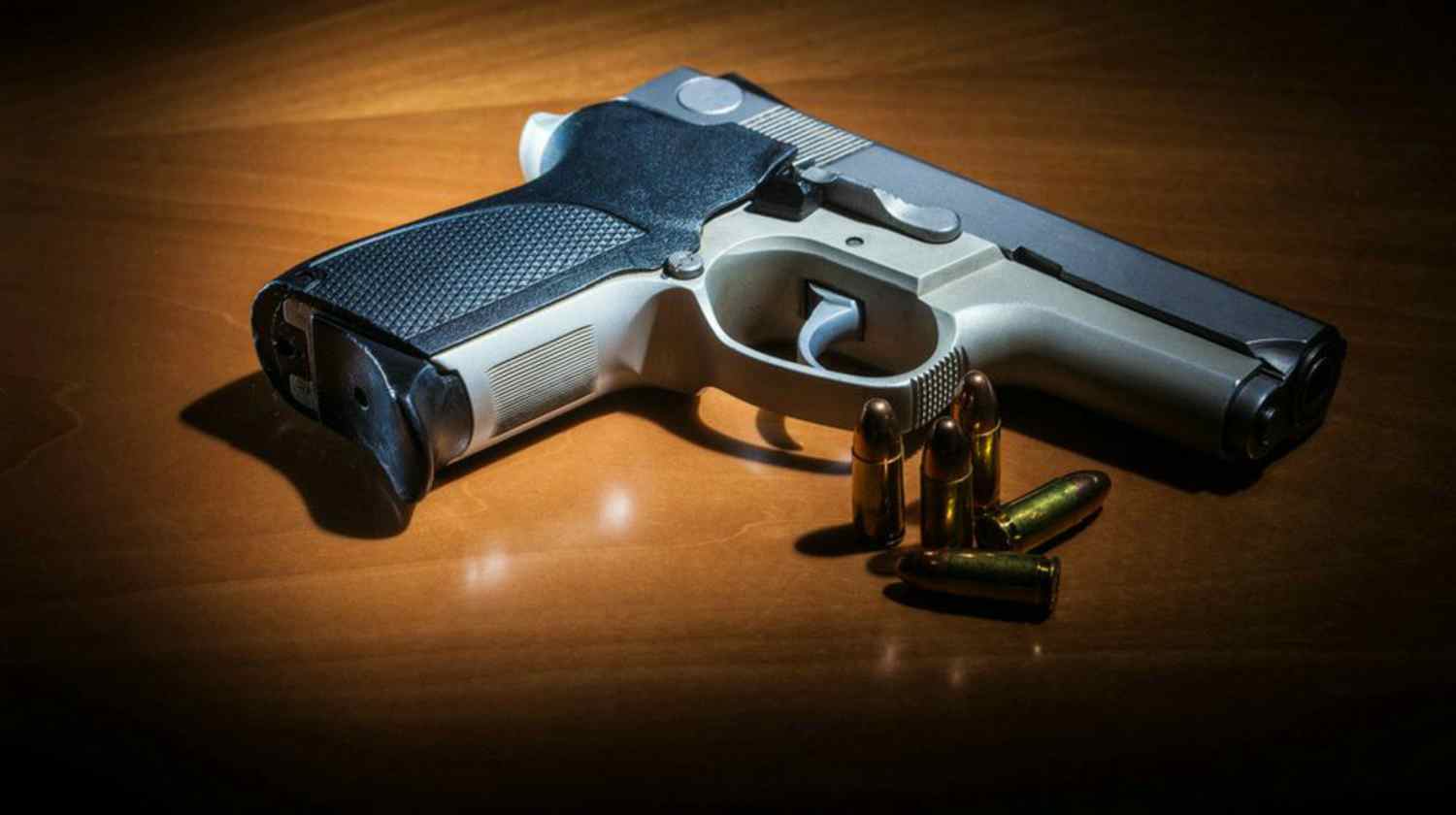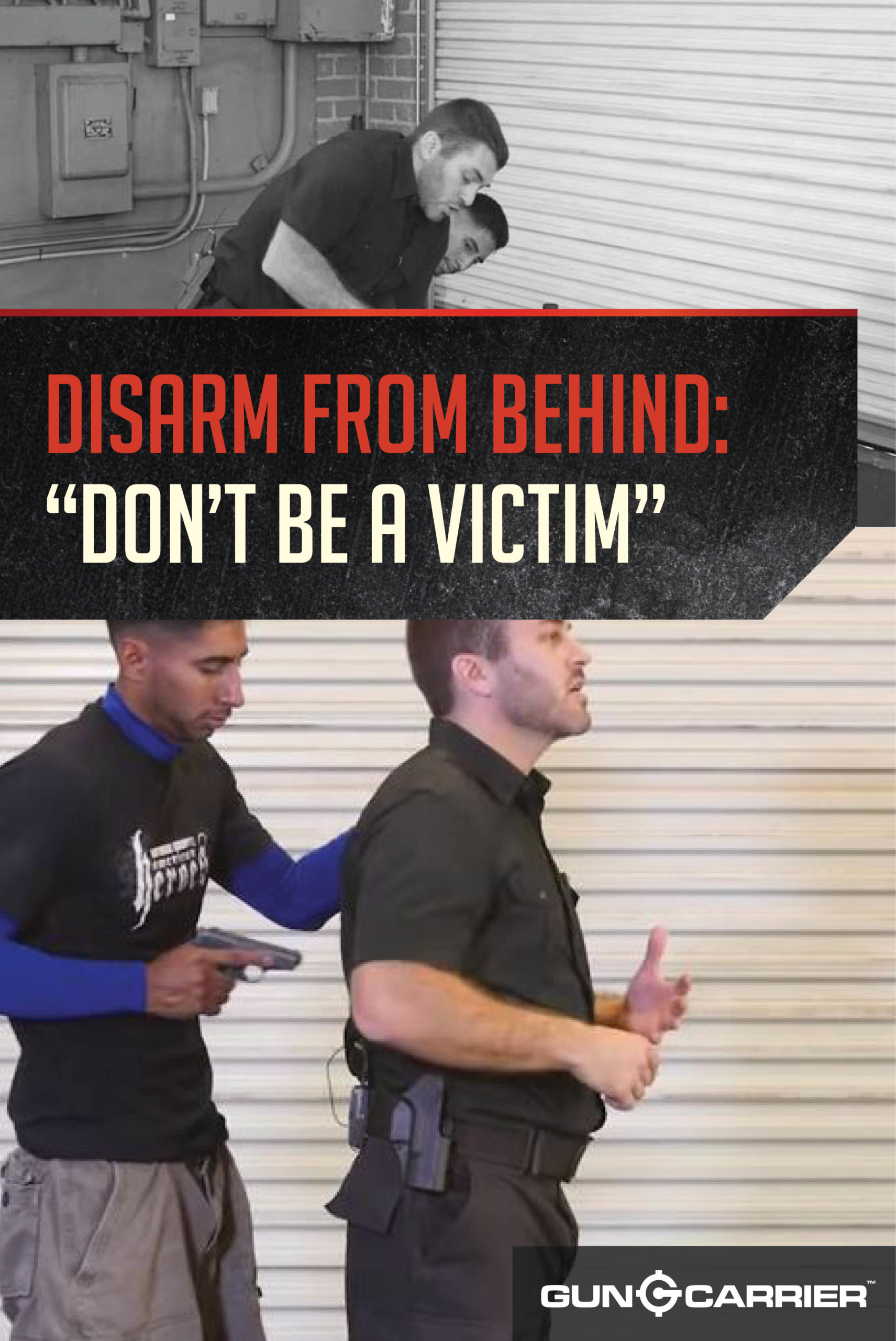Gun Rights
Anti-gun California’s untested microstamping law legitimized
Published
2 years agoon

The state of California, already known as hostile territory to gun owners, is about to become even more restrictive, following a federal judge’s decision in a lawsuit brought by plaintiffs asking the court to reject a state law requiring all handguns be equipped with “microstamping” technology.
A 2007 measure signed into law by then-Gov. Arnold Schwarzenegger, which took effect in 2013, calls for the primer of each shell casing fired from a handgun to be stamped with an identifying (traceable) mark. Opponents say the technology exists but is largely unworkable. Also, they say it will all but eliminate the handgun market in the nation’s most populous state, because those without it cannot be sold within state boundaries. That, opponents say, would amount to de facto gun bans and would clearly violate the U.S. Constitution’s Second Amendment.
“This is about the state trying to eliminate the handgun market,” said noted firearms lawyer Alan Gura, the lead attorney in Pena v. Lindley, filed on behalf of the Second Amendment Foundation and Calguns Foundation against the Chief of the California Department of Justice Bureau of Firearms. “The evidence submitted by the manufacturers shows this is science fiction and there is not a practical way to implement the law.”
He continued: “At some point gun sales will cease.”
The case landed in the federal courtroom of California Eastern District Judge Kimberly Mueller, who is also considering Gura’s request for her to order the state to refrain from imposing any ban on the sale of new handguns that do not comply with the microstamping law because the suit, which was filed in 2009, precedes the date of the law’s implementation.
Since the law initially took effect, no gun maker has manufactured a new firearm that is in compliance with the California requirement. Indeed two major firearms makers – Smith & Wesson and Sturm, Ruger & Co., have said they will no longer sell guns in the state at all, citing problems complying with the microstamping law.
But in late February, Mueller upheld the law, making California the first state to ban the sale of semi-automatic handguns that don’t include the technology. Muelller, in her ruling in Sacramento, said the Second Amendment doesn’t convey to gun owners the right to buy specific types of firearms, according Bloomberg News.
Plaintiffs insist they have the right to determine the precise way in which they would exercise their Second Amendment rights,” Mueller, an appointee of President Obama, said. The insistence upon particular handguns falls “outside the scope of the right to bear arms,” she said.
That interpretation of the Second Amendment’s guarantee is, of course, absurd and partisan, given its broad nature: That is, “the right…to keep and bear arms shall not be infringed.” While the founders may never have envisioned “microstamping” technology, they might well have concluded that, if it or any technology “infringed” on an individual’s right to obtain and own a firearm, in any state, it couldn’t be constitutional.
Beyond that, there is no consensus that microstamping technology is foolproof. The new law will not prevent, say, a criminal who wanted to commit gun crimes in California to bring in a firearm from any of the other 49 states that don’t have a microstamping law.
Also, the theory that the law can actually help solve crimes is untested.
“Publicly available, peer-reviewed studies conducted by independent research organizations conclude that the technology does not function reliably and that criminals can remove the markings easily in mere seconds,” the California Police Chiefs Association said in a letter to then-state Attorney General and current Gov. Jerry Brown.
There has been peer-reviewed studies involving microstamping, however. According to an informational flyer from the National Shooting Sports Foundation:
Microstamping is not ready for use as a crime solving technology. That’s the conclusion of a peer- reviewed study published in the scientific journal of forensic firearms examiners based on work conducted by a team of experts and funded by the U.S. Department of Justice. The patent holder of the technology, Mr. Todd Lizotte, was himself involved in the research that concluded “…legitimate questions exist related to both the technical aspects, production costs, and database management associated with microstamping that should be addressed before wide scale implementation is legislatively mandated.”
What’s more, notes John Lott, Jr., of “More Guns, Less Crime” fame, the guns remaining in the state that are grandfathered in will become much more expensive, leaving vulnerable populations more vulnerable.
“The problem is the people who need guns the most and benefit the most from owning gun, poor individuals in high crime areas, are priced out of the market,” Lott said. “Who do they think they are disarming as a result of the law? It is minorities in poor crime areas, not some wealthy guy who can afford to purchase the firearms at a higher cost.”
None of this has mattered. A state that was already notoriously anti-gun has created (and legitimized) yet another untested concept that has led to fewer rights for lawful gun owners, all because of politics.

CZ 75 SP01 Tactical Gun Review | Gun Carrier

PODCAST: Gun Law Changes All Across America Right Now

PODCAST: How to Win Olympic Gold

PODCAST: 50 Important Ideas For Self-Defense, Self-Reliance, and Personal Safety

10 Best Gun Safes In 2022 | Gun Carrier

DP-12 | Double Barrel Pump Shotgun Gun Full Review







